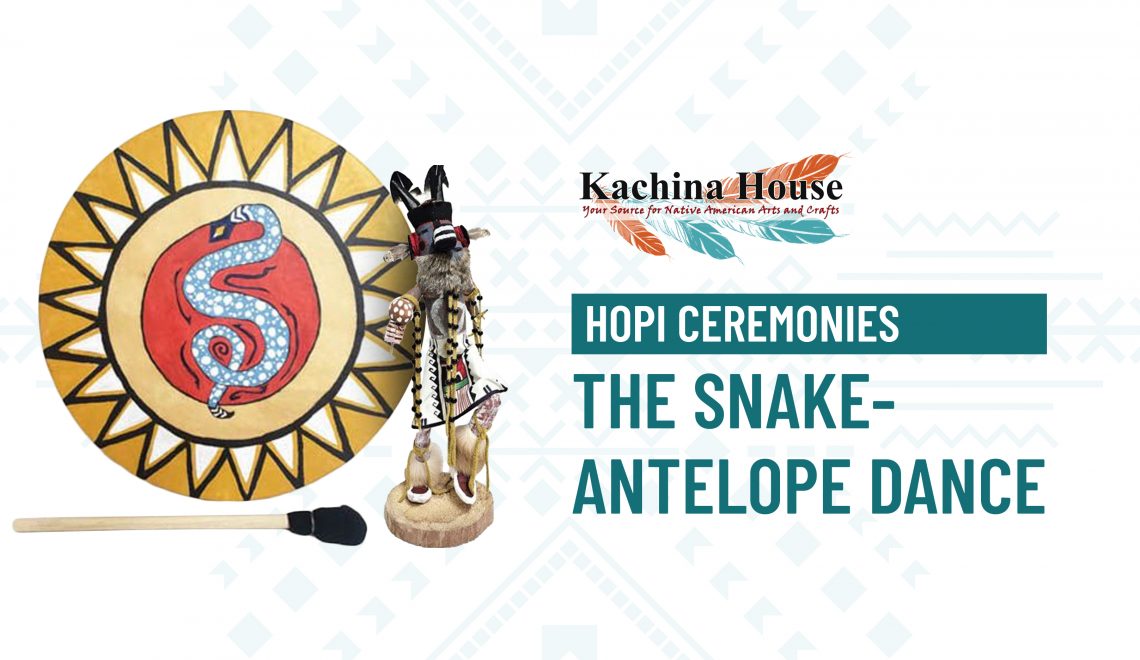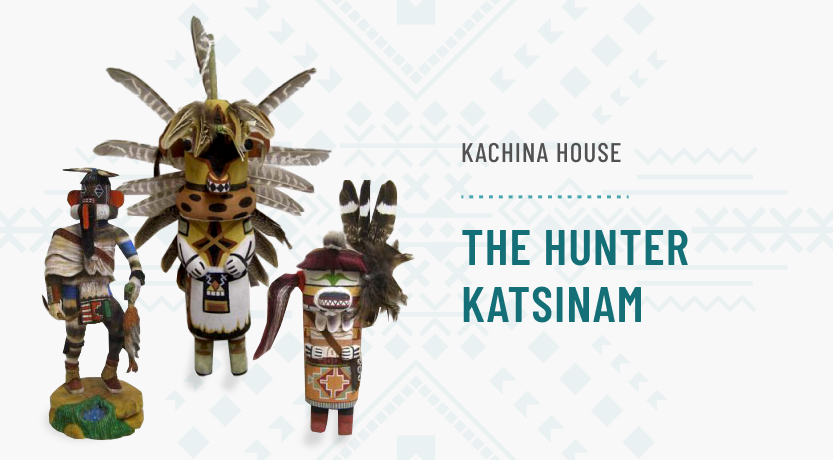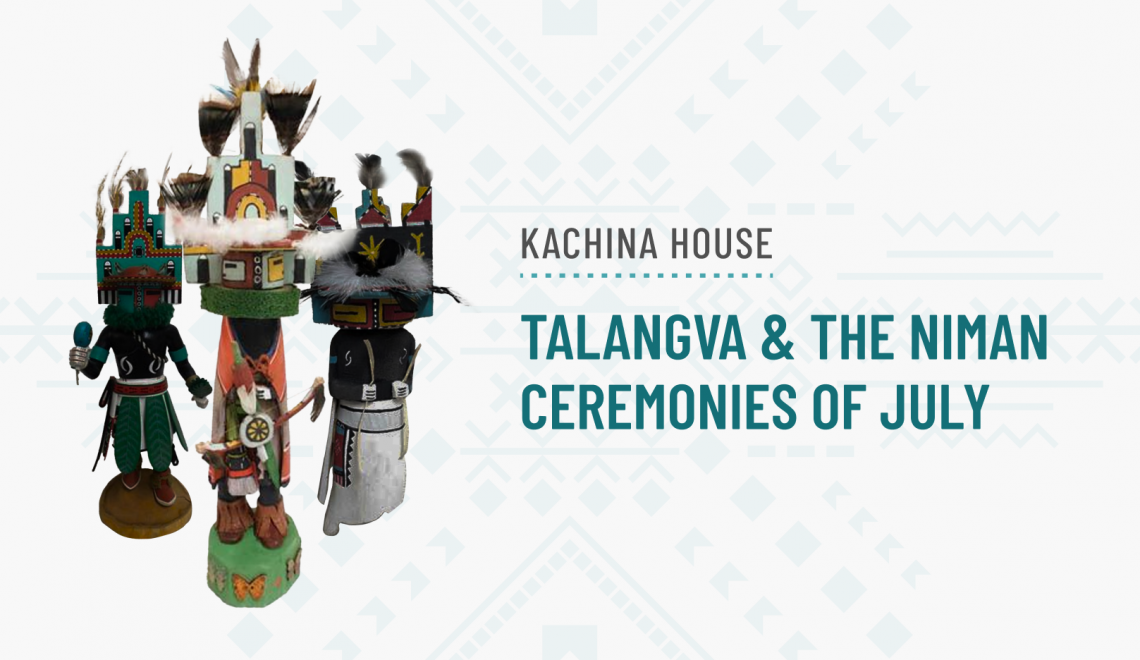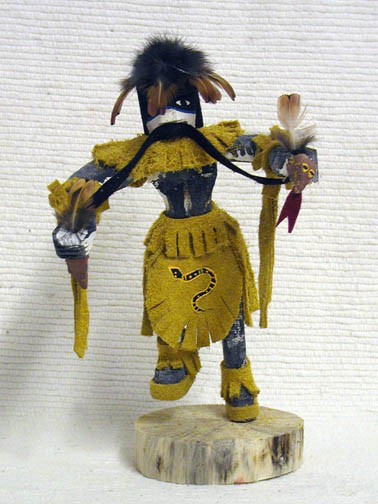
“An Indian dance is not a dance in the sense in which we use that term. It is a ceremonial, a symbolic representation, a prayer.”- Erna Fergusson, Dancing Gods (1931)
Held annually at the end of August, the Snake Dance is one of the most famous ceremonies of the Hopi in Arizona. During the Snake Dance, performers danced with live snakes in their mouths, the snakes were then released in four directions seeking rain. This dance is the concluding act of a 16-day ceremony, which begins after Niman Katchina.
The last nine days of the ceremony was when the majority of the public and secret rituals took place. Always assisted by the Antelope clan, the Snake and Antelope priests spent their days preparing for the final dance. These preparations included making prayer-sticks, preparing dance paraphernalia, assembling the altar, and the creating of sand paintings.
The altar, which tells the story of the meaning of the snake dance, was located in the antelope kiva. The altar had bowls of water from a sacred spring, corn stalks, and vines of melons and beans.
A ceremony praying for rain from all directions to fill the springs and help the plants grow, the Hopi wished for an abundance of food for their children. In fact, all of their prayers for food addressed food for their children first, then food for everyone else. (Fergusson, Dancing Gods, pg.150-151)
The Snake Dance, performed on the ninth day, “includes swaying dancing to rattles and guttural chant, circling of the plaza with snakes, and ceremonial sprinkling of corn meal on the principal dancers by women of the snake clan.”
According to Erna Fergusson’s book, Dancing Gods (1931), “The Snake-dance always brings rain.”





Saw this dance. Just as dance ended, large drops of rain did fall from a blue sky. True.